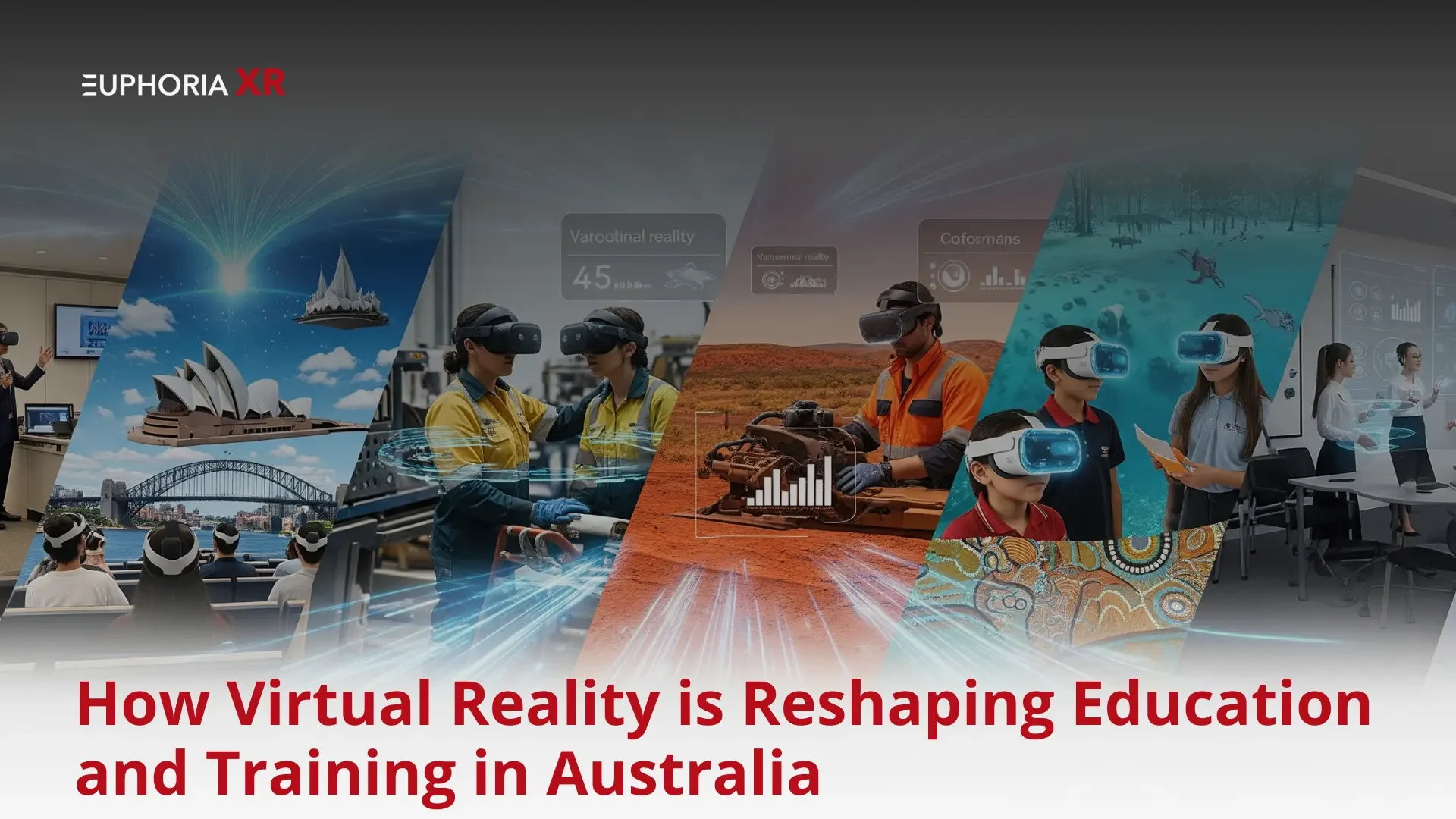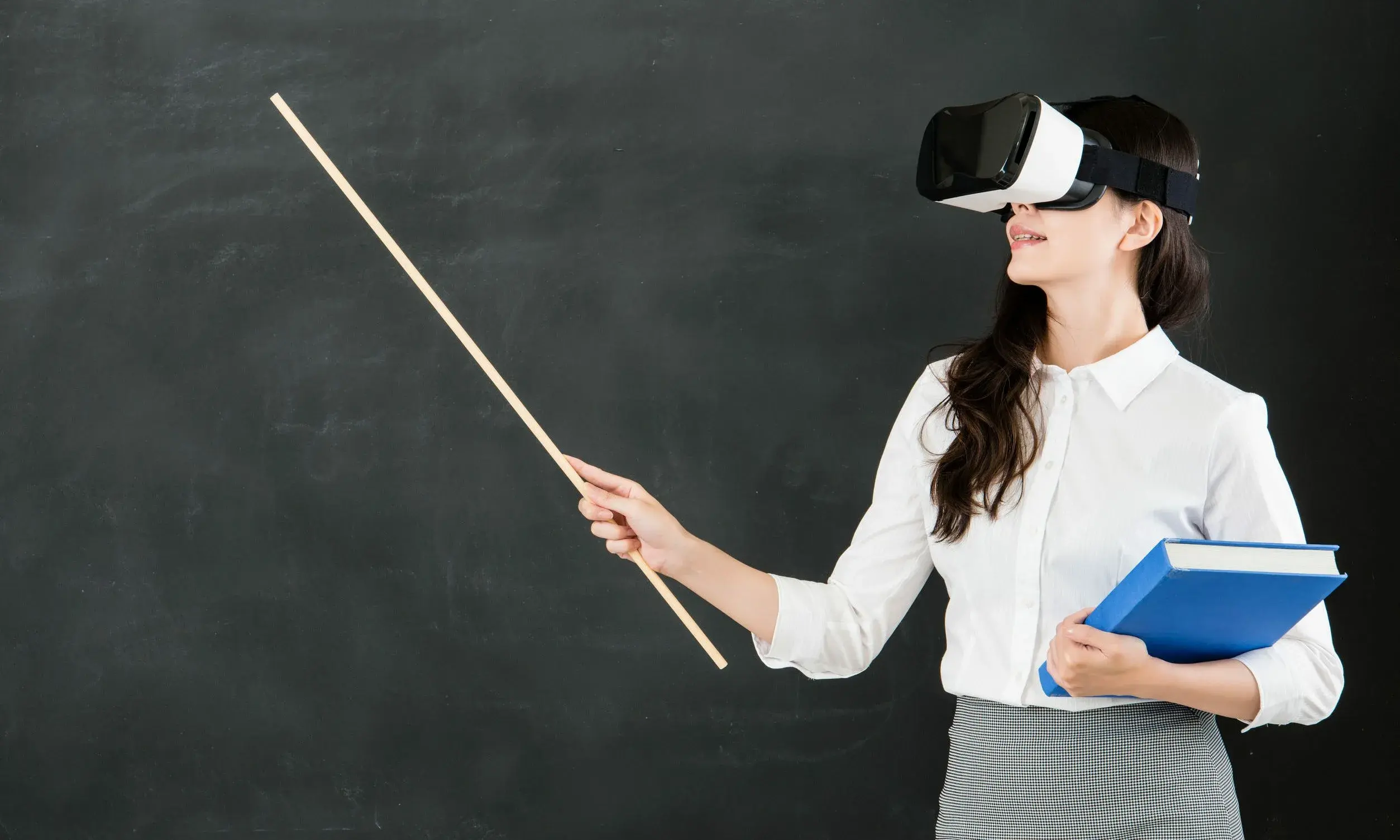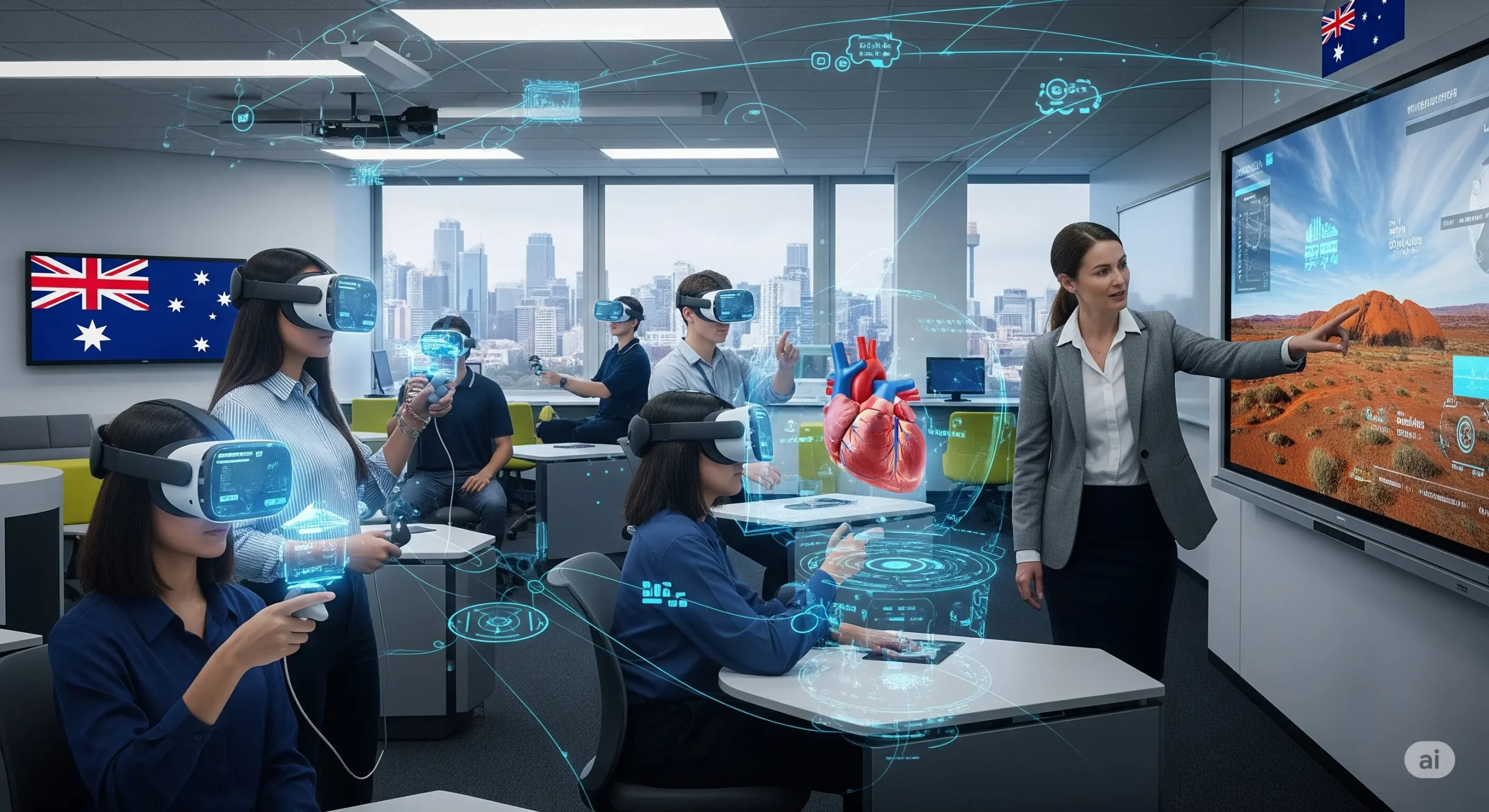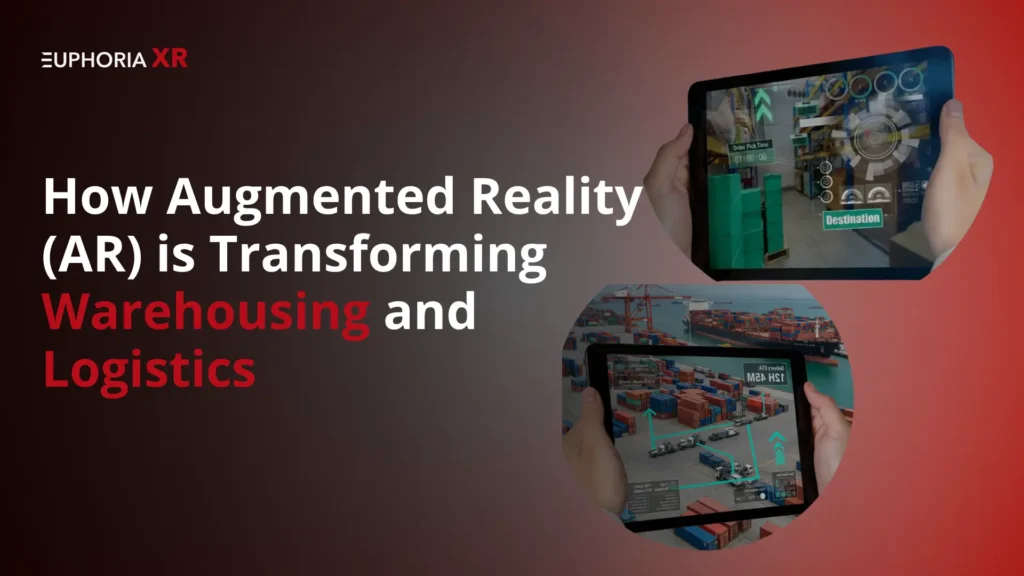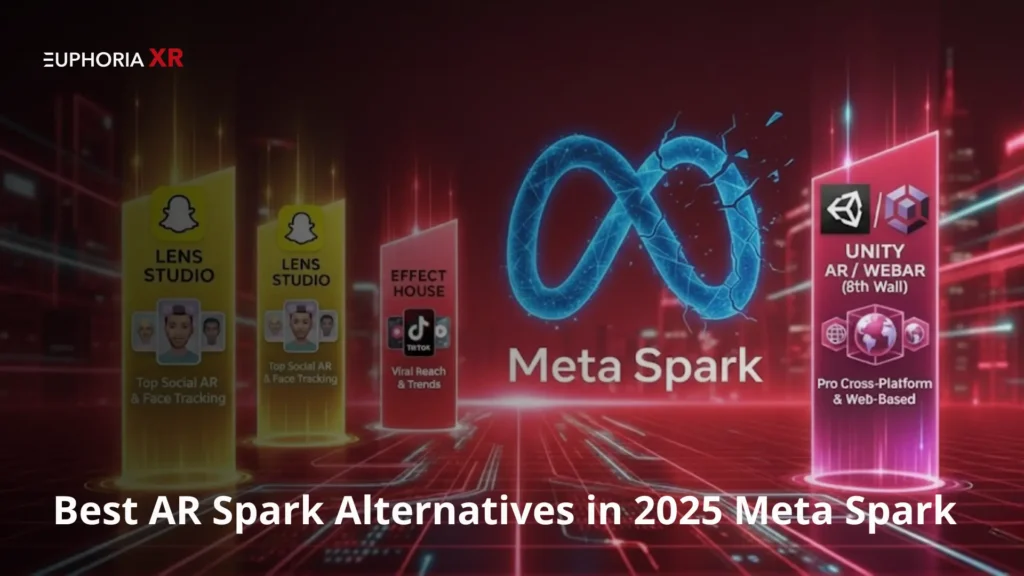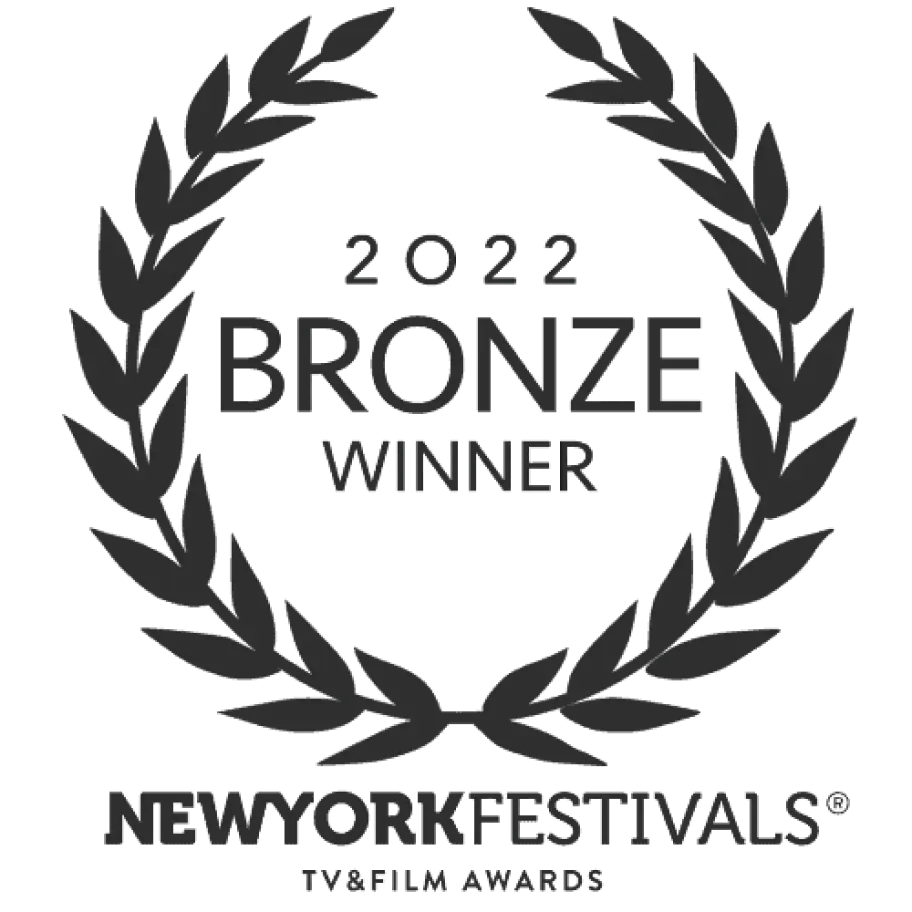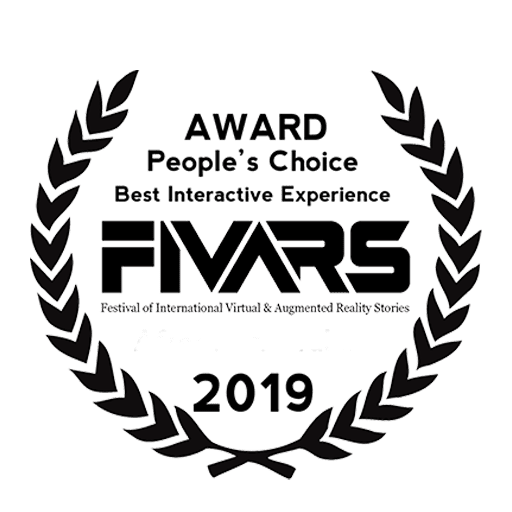Why School has got to be so dull
We all hear that question, or at least ask ourselves the question. Constant assignments on paper, quiet classrooms, and the outdated textbook may make even the most talented kids bored. Probably it is not boring because a quiet revolution is occurring across Australia.
Virtual Reality (VR) is putting conventional learning upside down. Students come to feel facts instead of memorizing them. Consider Year 7 students swimming through the Great Barrier Reef to learn about marine life, but better than reading about coral reefs; they will swim through them in 360.
It is put into practice in the field of biology, where future doctors can now enter the human body, check the organs in detail, watch the blood circulate, or even practice surgical operations, all this without even entering a hospital.
Students do not only read about ancient civilisations in history. They stroll in pyramids, hear tales told by virtual historians, and visit real-time constructed cities such as Athens or Rome.
This is not the future. This is the present.
In high-tech city schools to outback classrooms, down to the last school in a remote community, the Virtual Reality in Australian Schools is paving the way towards deeper comprehension, increased interest by learners, and life-transforming access.
With the VR becoming cheaper and most readily accessible, the dream of a common denominator school is fast being encompassed by immersive, interactive, and highly personalised learning.
With full engagement, that is, when they can move, communicate, and touch everything, their curiosity is restored, their confidence increases, and they start having fun in learning.
What is Virtual Reality in Education?
This is like wearing a headset and suddenly you are on the moon, in a rainforest, or you are inside a cell without ever leaving your classroom. There is the potential of Virtual Reality in Education.
Virtual reality (VR) is a computer technology that has a life-like, 3D environment where students not only have a chance to look around, but also move and behave with what they see. Students participate in the lesson instead of merely watching a video or reading a book.
At Australian schools, VR is applied to teach everything: science and history, life skills, and job training. Learners might be able to do virtual experiments, look into ancient civilizations, or even walk through a burning building during a fire safety simulation.
VR is not only a cool device. It is a device that:
Makes learning more interesting and simpler to learn.
Keeps all kinds of learners focused
Fills the gap in distantly or under-provisioned schools
When used together with eLearning options, however, it enables educators to create complete lessons beyond the page, and into experience.
The thought that we should implement AI by today has merit since initiating AI adoption has become simpler than people may anticipate.\
Post-Pandemic Growth of VR in Australian Education
Until 2020, whiteboard and printed worksheets remained a critical dependence of the majority of Australian classrooms. However, the pandemic came, and everything changed.
Educational institutions had to be patched over to the Internet overnight. And even with the video calls, most teachers could see there something was lacking: engagement. This was the moment when serious attention was paid to e-learning with VR.
The attendant improvement in VR and immersive learning investment in Australian schools and universities post-pandemic is reported in the EdTech Expenditure in Australia Report (2023) and amounted to 27 percent. It covers financing such as:
Online science experiments
Science, Technology, Engineering & Math STEM simulations via remote-access
Virtual reality solutions in classrooms, such as ClassVR and ENGAGE
Indeed, the state of New South Wales had several pilot projects planned in 2022 on adopting VR-based platforms in education, specifically to reach population groups of Year 9 -12, especially in rural and remote areas that do not have access to laboratories and field trips.
What is behind this change?
VR also aids in keeping the students on task, even in a distance learning environment.
It closes the learning gap in science fields (particularly STEM and health).
It equalizes the opportunities of students in poor localities.
Since many schools are now investing in the tech infrastructure, and federal plans such as The Digital Education Revolution are being reconsidered in the wake of the pandemic, VR is no longer a privilege. It is gaining a central role in Australia in a future-ready classroom.
Types of VR Applications in Australian Schools
It is not only the sphere of games, but also it is already reforming the manner of work compared to schools, subjects, and states that the Australian kids are taught in, using virtual reality. What are the most potent strategies to utilize VR education platforms in Australian schools nowadays?
Virtual Classrooms
Remote or rural students have a chance to attend a full immersion in virtual classrooms. They no longer sit and gaze at an electronic board and feel as though they are in a real school set up with a virtual whiteboard, peers, and teamwork activities.
Virtual Field Trips
Unable to go to the museum by bus? No worries. In the Mixed Reality (MR), students would be able to tour the Sydney Opera House, swim through the Great Barrier Reef, or tour Antarctica, all seated in their classroom, because the reality is created and they feel they are really there. These are travels that turn the world into reality without travelling expenses.
STEM Education
VR brings Math and science to life. The students can construct molecules in 3 dimensions, program the robots, or model rocket launches. These practical activities enhance knowledge and simplify complex subjects, particularly in courses such as physics, chemistry, and engineering.
Medical & Health Training
From CPR to surgical practice, VR is assisting students in nursing and other health-related programs to learn in a faster and safer way. Immersive training simulations enable schools and universities to allow learners to replicate life-threatening procedures without losing lives.
Special Needs Education
VR offers an autism, ADHD, and sensory-friendly learning environment to students who may have these issues. The teachers can personalise the environment to suit the pace of the student, which is not easy to do in traditional classrooms.
Gamified Learning
Games will help the students remain entertained and active. VR apps make the lessons in spelling, math, or geography a challenge and an adventure. It is motivating to get points or unlock new levels, and this is where kids can be motivated in the case of early education.
Immersive Training Simulations
In vocational training, VR can enable learners to train in simulations of diverse professions such as building, hospitality, or car-mechanic work. These simulation-based training aids students in developing their skills in the real world even before they go to work.
Get into the future of learning with a Virtual Reality Development Company you can rely on to get both technology and teaching.
5. Why VR Is a Game-Changer in Australian Classrooms
Why, then, is virtual reality in Australian schools such a breakthrough? It is not only playing, but it also works.
Immersive Learning Experience
VR immerses students into sound, imagery, and motion. This multisensory approach will allow them to concentrate, memorise more, and understand a subject. A PwC research demonstrated that VR learners felt 275 percent more competent to transfer new skills and were 4x faster to train compared with the classroom learners.
Increased Motivation & Focus
The truth is that children are fond of technology. They will more likely pay attention and stick to what is being taught when what they are doing becomes like an exploration or a game. It is particularly accommodating to students who are not good at traditional means.
Better Accessibility
Depending on whether a student is studying in the outback or is recuperating in a household setting, eLearning can be accessible through VR. Even schools that do not have science laboratories or do not finance excursions can provide bright, real-life learning.
Real-World Skill Building
From critical thinking to learning communication, VR creates the type of skills that students require outside the classroom. It is not only about preparing students to pass their tests but to get things done in the real world, and VR allows guiding children through simulated job interviews, workplace safety orientation, or how to deal with a case of public speaking.
6. Must-Have Features in VR Education Platforms in Australia
VR tools are not all the same, particularly in education. A VR education platform must look cool, but it must also be used to work successfully in an Australian classroom. When exploring Virtual Reality in Australia, the solution should be convenient, simple, and helpful to teachers and learners.
The following are the key characteristics of what constitutes a platform-based classroom ready:
User Authentication
All students and teachers ought to possess safe logins. This enables tracking of progress, assignment of lessons, and storing of learning data. It also stores sensitive information safely- something that is important with regard to the Australian privacy laws.
Interactive Simulations
One cannot merely watch in VR. The greatest platforms also allow students to communicate, touch objects, answer questions, move, and work. It is these kinds of interactive simulations that make the learning hands-on as well as memorable.
Real-Time Feedback
When a kid is doing a science experiment or solving questions in math, immediate feedback will make them quick learners. The VR applications ought to inform students of the things they got right or wrong and provide hints throughout the process.
Collaborative Tools
It is always better to learn together. Such a feature as voice chat, group task, or shared 3D space enables students to collaborate as a team even in case they are separated. This has provided classroom-style learning capability in any country, even in a geographically spread-out country like Australia.
User-Friendly Design
Not all the students (or teachers) are geeks. This is why platforms based on VR are supposed to be user-friendly with self-evident buttons, voice guidance, and convenient commands, especially for a younger student or a student with a learning difference.
Offline Support
The Internet is not always good, and particularly in Australia, in rural or isolated regions. The gigantic advantage of equity in education is that you can use the platforms with offline access or download the lessons beforehand.
Teacher Dashboards
The teachers have to know what everybody is learning and how they are doing it. A good dashboard indicates progress, the results of quizzes, areas of difficulty, and the amount of time. It is also useful in assigning tasks, providing feedback, and making any modifications to the lessons.
With these features in place, the platform ceases to be a showy piece of technology that would suit only the largest eLearning with VR systems; it becomes a game-changer that can be utilized in any of the Australian classrooms, whether it is in Sydney or Alice Springs.
Want more than just cool visuals? Hire a VR Developer who is able to create education that sticks.
Benefits Of Integrating Virtual Reality In Educational Apps
Applying virtual reality to Australian schools is not only thrilling but life-changing. When schools install VR in their educational applications or e-learning platforms, the conclusions are self-explanatory.
Immersive Learning Experience
Students watch, but they act too. They can solve a math puzzle in a 3D game or examine a cell structure inside-out, but both versions help memorize and comprehend knowledge.
Enhanced Engagement And Motivation
The thing is that children are fond of technology. Students can remain focused for a long period and get enthusiastic when the lessons resemble adventurous games. This is of particular assistance to the students with attention problems in a traditional classroom.
Improved Accessibility And Inclusivity
Not all schools can afford science labs, art field trips, or visiting colleagues, but VR will make it possible in any classroom. eLearning students with physical disabilities, learning difficulties, or residing in a remote setting are most likely to use the opportunity of eLearning with VR.
Real-World Skill Development
VR students are ready to cope with reality. Whether it is workplace safety, public speaking, or empathy training, immersive training experiences are a way to get students to develop confidence and practical skills, even before graduation.
Open potent learning that sticks. Learn how Virtual Reality Training offered by EuphoriaXR can change the skills in the real world by experiencing simulations.
7. Challenges of Using Virtual Reality in Australian Schools
Although VR holds a lot of promise, it is not flawless. To have it operational throughout all schools in Australia, some main challenges should be resolved:
High Setup Costs
The cost of VR headsets, applications, and IT is not low. Some schools can afford to buy expensive tools, but in certain regional and rural settings, schools may not be able to afford this technology.
Maintenance and Technical Glitches
VR, like any tech, may break down. Smart devices heat up, programs crash, and updates are frequently required. In order to have all the smooth-running activities, schools need to have good IT support.
Teacher Training Needs
The majority of teachers do not receive training to teach VR. It implies that they should have continuous professional growth to feel established enough to incorporate these instruments into the curriculum and be able to utilize them.
Health Concerns
Due to the long time spent using a VR headset, some students may get eye strain, dizziness, or even a headache. The well-being of students should be safeguarded by assigning age-appropriate material and time constraints.
8. The Future of VR Education in Australia
Nevertheless, the future of VR platforms in Australian education is full of prospects, and the powerful change is already a matter of fact.
Integrating AI & AR with VR
Suppose there was a learning system that could see into the head of a student and understand precisely where the student is having a problem, and correct the lesson in real-time. It is what occurs once AI, AR, and VR are combined. The learners will receive more customized, adaptive learning pathways regarding various rates of speed and ways of learning.
Government & Policy Support
Australian people are starting to invest in digital strategies in education once again. Identify additional federal and state grants, teacher education pilot programs, and curriculum integration schemes that have immersive training simulations and virtual learning.
Industry Partnerships
Mining or healthcare industries are collaborating with schools to design VR-based training. Such partnerships expose learners to the real-world settings, resources, and requirements, setting them up for future employment.
Nationwide Rollouts
Currently, schools are piloting VR in many schools. With success stories piling up, we soon will reach the stage where VR will become a normal classroom resource in Australia, Metro to the outback.
Your employees are worth more than powerPoint presentation. Now let us create a training experience they won’t forget.
9. Conclusion: Reshaping Australia’s Education System Through VR
Australia stands at the crest of change in the education sector, and virtual reality is the captain of the ship.
VR in Australian schools is not a futuristic idea or a cool piece of technology anymore, but a very current and effective tool that changes the means of students learning, teachers teaching, and schools working.
Taking education to new levels, creating it more inclusive, immersive, and practical, as well as closer to real-life skills, VR is training the next generation of Australians for the future: one that requires creativity, adaptability, and lifelong learning.
In noisy Sydney classrooms to the most far-flung schools in the Northern Territory, VR is not taking the place of conventional education, but it is taking education to a new level.
When Australia is making investments not only in smart policies but also in teacher training and scalable platforms, we might become a global leader in the field of eLearning and VR, and immersive education technologies.
Frequently Asked Questions(FAQs)
How is virtual reality used in Australian schools?
In Australia, virtual reality is being employed in classrooms to teach science, history, medicine, and vocational programs. When they are using VR headsets, students can attend virtual classes, perform 3D experiments, visit historical places, and engage in simulations of skills.
What are the benefits of eLearning with VR?
E-learning in VR enhances the overall level of motivation, learning (by providing practical simulations), accommodates different learning preferences, as well as aids in the acquisition of skills that can be applied in the real world, such as problem solving and collaboration. It is particularly useful for remote or underserved schools.
Are VR platforms widely available in Australia?
Yes, in Australia, VR platforms are increasingly easy to find. There are a lot of schools conducting pilot programs using tools such as ClassVR, ENGAGE, and specifically designed, government-funded platforms. As infrastructure improves and costs decline, availability increases.
What types of subjects benefit most from immersive training simulations?
Immersive VR is of much benefit in STEM, healthcare, vocational education, and special needs programs. In simulated environments, students are able to practice activities such as surgery, mechanical repair, lab activities, and communication activities at a safe level.

